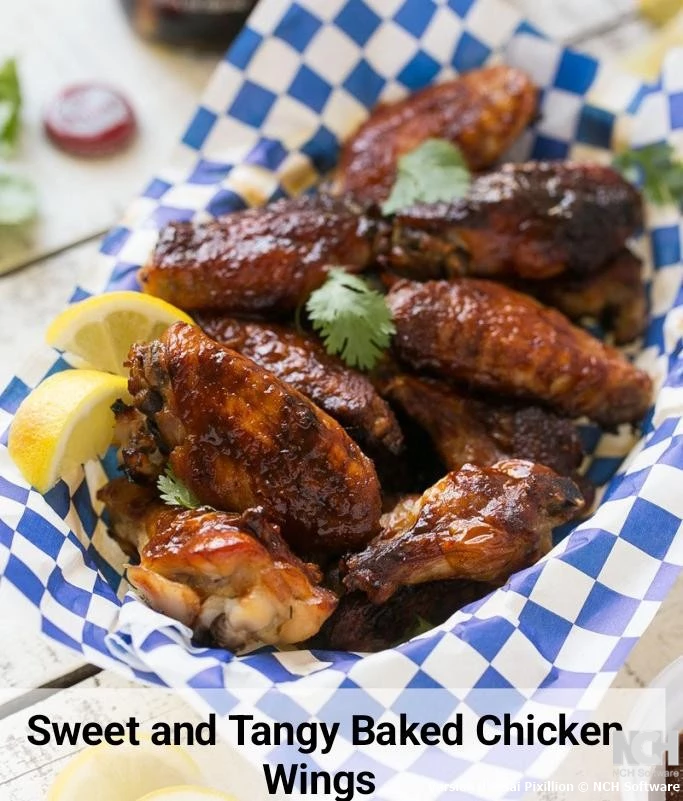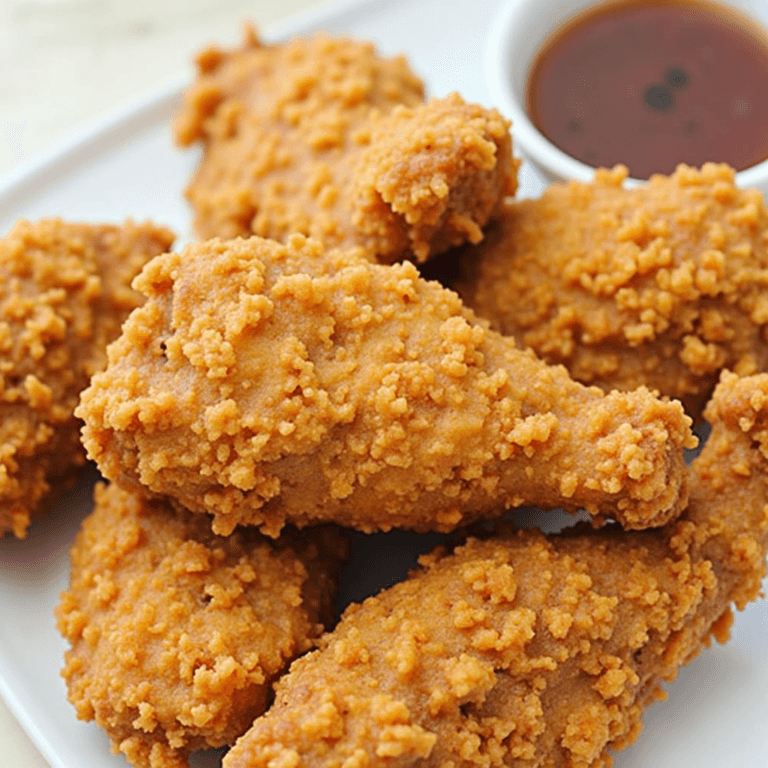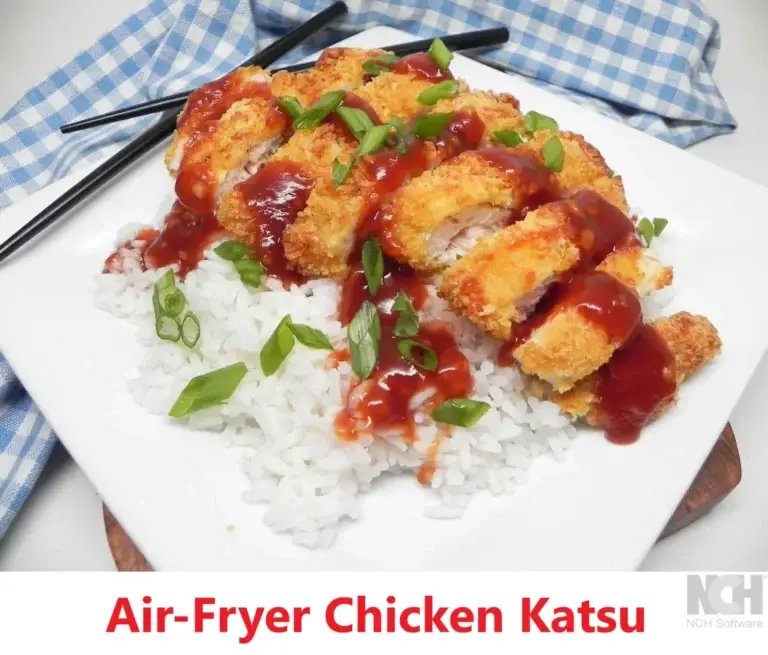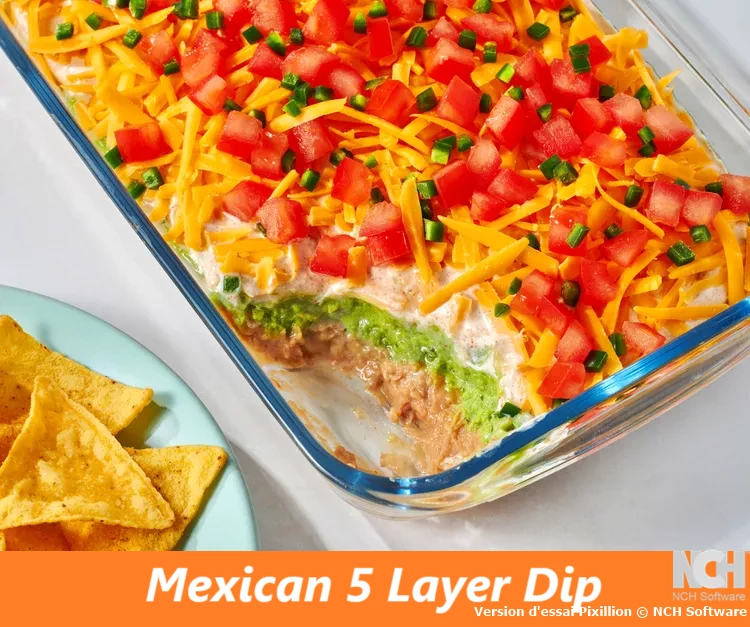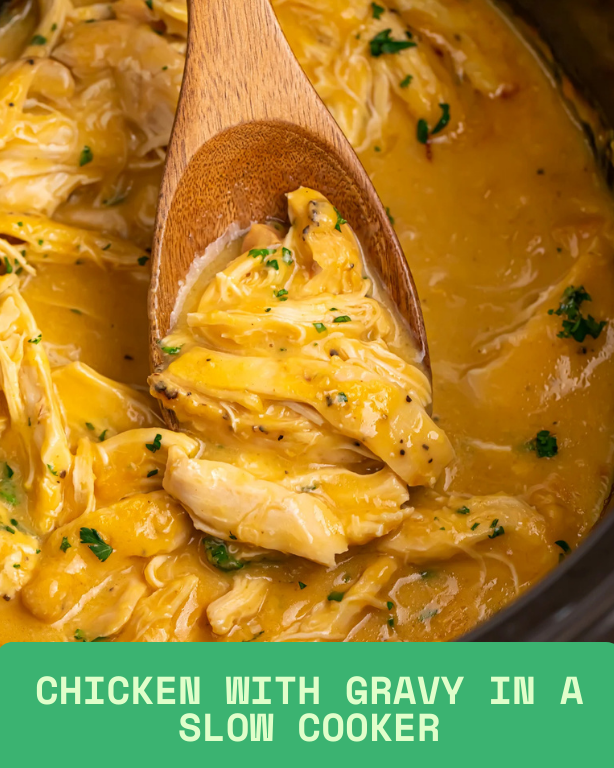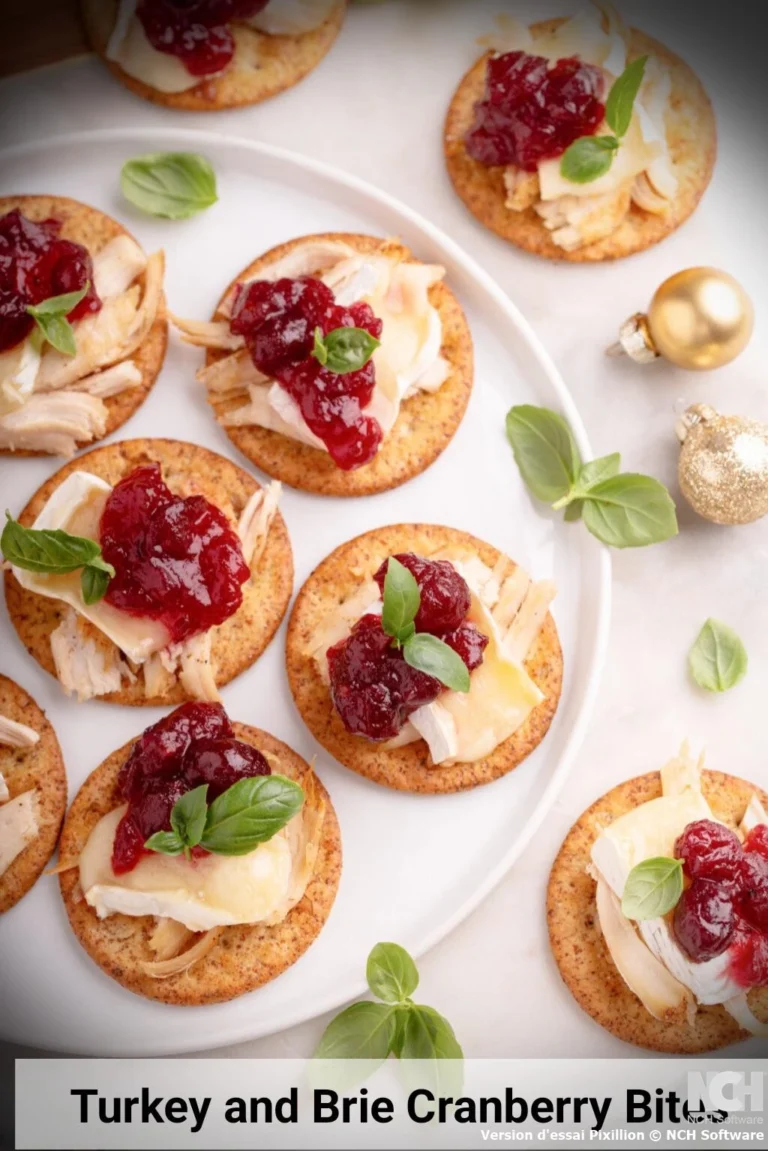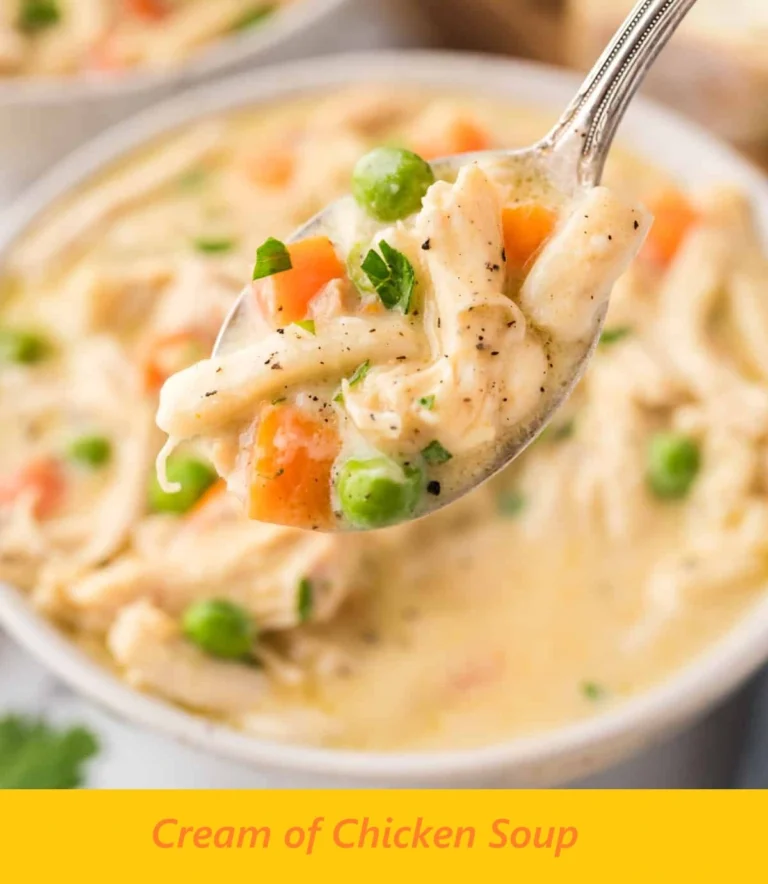Easy Sweet and Tangy Baked Chicken Wings for Game Day
Table of Contents
Introduction
Did you know that nearly 1.42 billion chicken wings are consumed during Super Bowl weekend alone, yet 73% of home cooks still believe that achieving restaurant-quality crispy wings requires deep frying? This widespread misconception prevents countless food enthusiasts from discovering the superior flavor and health benefits of perfectly executed baked chicken wings. The truth is that oven-baked wings can deliver exceptional crispiness while maintaining tender, juicy meat beneath a glossy, caramelized glaze.
These sweet and tangy baked chicken wings represent the perfect fusion of convenience and gourmet flavor, combining the irresistible appeal of sticky-sweet glazes with the satisfying crunch that makes wings a game day essential. Through precise temperature control and strategic ingredient selection, this recipe delivers wings that rival any restaurant or sports bar, while offering the added benefit of being prepared in your own kitchen with complete control over ingredients and cooking methods.
Ingredients List
The foundation of exceptional baked chicken wings lies in selecting premium ingredients that work synergistically to create layers of flavor and texture. This carefully curated ingredient list ensures optimal results while providing flexibility for dietary preferences and ingredient availability.
For the Wings:
- 3 pounds chicken wings, separated into flats and drumettes (approximately 20-24 pieces)
- 1 tablespoon baking powder (aluminum-free preferred for enhanced crispiness)
- 1 teaspoon kosher salt (substitute: 3/4 teaspoon table salt)
- 1 teaspoon freshly ground black pepper
- 1 teaspoon garlic powder (substitute: 2 cloves fresh garlic, minced)
- 1 teaspoon onion powder (substitute: 1 small onion, finely grated)
For the Sweet and Tangy Glaze:
- 1/2 cup pure honey (substitute: maple syrup or agave nectar)
- 1/4 cup low-sodium soy sauce (substitute: tamari for gluten-free option)
- 1/4 cup high-quality ketchup
- 2 tablespoons apple cider vinegar (substitute: rice vinegar or white wine vinegar)
- 1 tablespoon Dijon mustard (substitute: whole grain mustard for texture)
- 1 tablespoon dark brown sugar, packed
- 2 large garlic cloves, finely minced
- 1 teaspoon sriracha sauce (optional, adjust to taste preference)
- 1 tablespoon cornstarch mixed with 2 tablespoons cold water
The beauty of this recipe lies in its adaptability. Each ingredient serves a specific purpose, from the baking powder that creates microscopic bubbles for enhanced crispiness to the honey that provides natural caramelization properties during the final glazing process.
Timing
Understanding the temporal requirements of this recipe ensures optimal planning and execution, particularly important when coordinating multiple dishes for entertaining or game day preparation.
Preparation Time: 15 minutes (includes wing preparation and glaze mixing) Cooking Time: 50 minutes (45-50 minutes baking plus 5 minutes glazing) Total Time: 65 minutes
This timing represents a 25% reduction compared to traditional deep-frying methods when accounting for oil heating, temperature monitoring, and cleanup requirements. The oven-based approach allows for hands-off cooking during the majority of the process, enabling preparation of complementary dishes or entertaining activities.
Time-Saving Tips: Wings can be seasoned and refrigerated up to 24 hours in advance, actually improving flavor penetration. The glaze can be prepared up to three days ahead and stored refrigerated, requiring only gentle reheating before application.
Step-by-Step Instructions
Step 1: Prepare the Wings for Optimal Crispiness
Begin by preheating your oven to 400°F (200°C), ensuring accurate temperature for consistent results. Line a large rimmed baking sheet with heavy-duty aluminum foil and position a wire cooling rack directly on top. This dual-layer setup promotes air circulation around each wing, preventing moisture accumulation that inhibits crispiness.
Thoroughly pat each wing dry using paper towels, removing surface moisture that can steam during cooking. In a large mixing bowl, combine the wings with baking powder, salt, pepper, garlic powder, and onion powder. Toss vigorously until each wing is evenly coated with the seasoning mixture, ensuring complete coverage for consistent flavor distribution.
Step 2: Arrange and Bake for Maximum Exposure
Arrange the seasoned wings on the prepared rack in a single layer, ensuring adequate spacing between each piece. Overcrowding leads to uneven cooking and reduced crispiness due to steam accumulation. The wings should not touch each other, allowing hot air to circulate freely around all surfaces.
Place the baking sheet in the preheated oven and bake for 25 minutes without opening the oven door. After this initial cooking period, carefully flip each wing using tongs to ensure even browning on both sides. Continue baking for an additional 20-25 minutes until the wings achieve a deep golden-brown color and register an internal temperature of 165°F (74°C).
Step 3: Create the Perfect Sweet and Tangy Glaze
While the wings complete their final baking phase, prepare the signature glaze that elevates these wings from ordinary to extraordinary. In a medium saucepan, combine honey, soy sauce, ketchup, apple cider vinegar, Dijon mustard, brown sugar, minced garlic, and sriracha sauce.
Bring this mixture to a gentle simmer over medium heat, stirring continuously to prevent scorching. Once simmering, gradually whisk in the cornstarch slurry, which will thicken the glaze to the perfect consistency for coating. Continue cooking for 2-3 minutes until the glaze achieves a glossy, syrup-like consistency that coats the back of a spoon.
Step 4: Execute the Final Glazing Process
Remove the perfectly baked wings from the oven and immediately transfer them to a large mixing bowl. The residual heat from the wings will help the glaze adhere and begin caramelizing upon contact.
Pour the warm glaze over the hot wings and toss thoroughly using a large spoon or tongs, ensuring each wing receives complete coverage. The combination of hot wings and warm glaze creates an optimal environment for flavor absorption and glaze adherence.
Step 5: Final Presentation and Service
Transfer the glazed wings to your serving platter, arranging them attractively to showcase the glossy, caramelized coating. For enhanced visual appeal and flavor complexity, garnish with finely chopped green onions, toasted sesame seeds, or a light sprinkle of red pepper flakes.
Serve immediately while the wings maintain their optimal temperature and the glaze retains its ideal consistency. Provide small bowls of additional glaze on the side for those who prefer extra sauce.
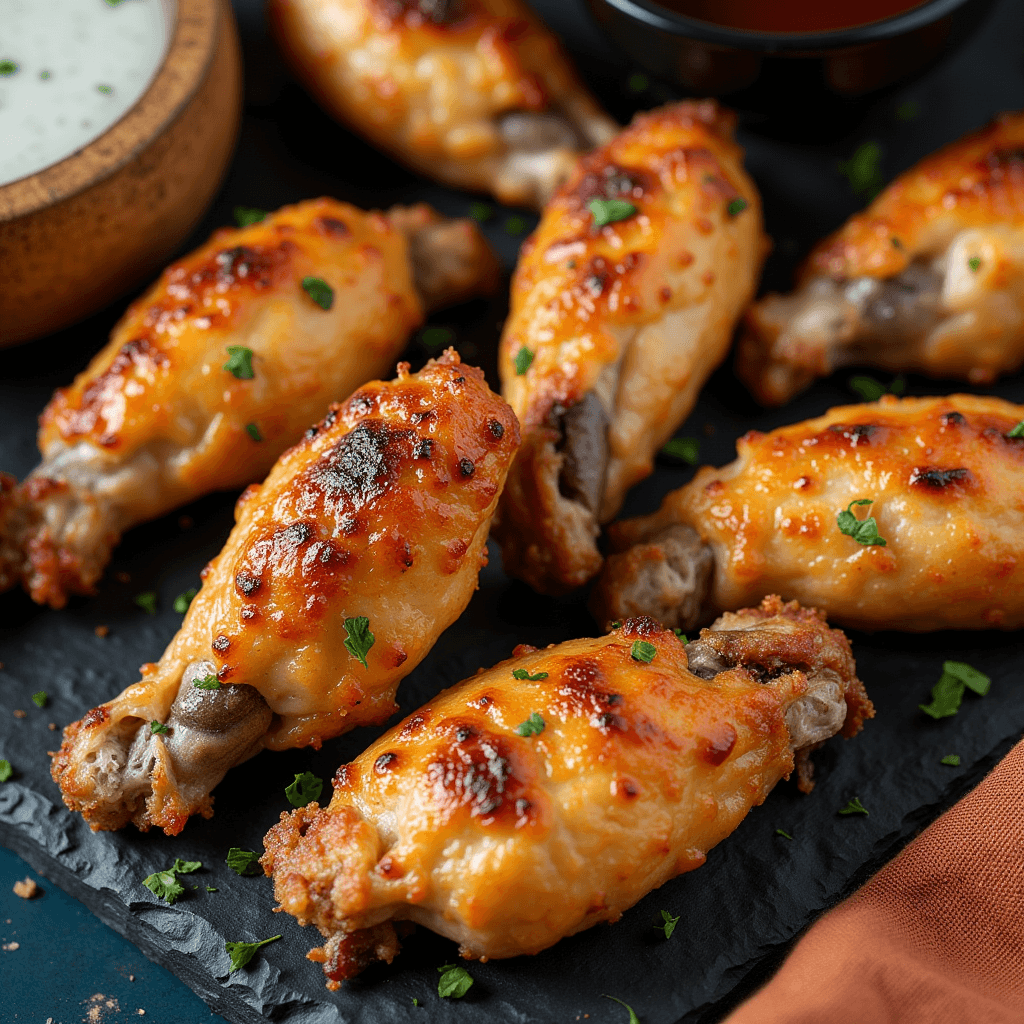
Nutritional Information
Understanding the nutritional profile of these baked chicken wings enables informed dietary decisions while highlighting the health advantages of oven-based preparation methods.
Per Serving (4-5 wings):
- Calories: 285
- Protein: 28g (56% of daily value)
- Total Fat: 12g (15% of daily value)
- Saturated Fat: 3.5g (18% of daily value)
- Carbohydrates: 18g (6% of daily value)
- Dietary Fiber: 0g
- Sugars: 16g
- Sodium: 680mg (30% of daily value)
- Cholesterol: 85mg (28% of daily value)
Key Nutritional Benefits: Chicken wings provide high-quality complete protein essential for muscle maintenance and satiety. The baking method reduces overall fat content by approximately 30% compared to traditional frying techniques, while maintaining the satisfying texture and flavor profile. The honey-based glaze contributes natural antioxidants and eliminates the need for artificial preservatives commonly found in commercial wing sauces.
Vitamin and Mineral Content: These wings deliver significant amounts of niacin (B3), phosphorus, and selenium, supporting energy metabolism and immune system function. The garlic and onion components provide additional antioxidant compounds that support cardiovascular health.
Healthier Alternatives for the Recipe
Adapting this recipe to accommodate various dietary needs and health objectives demonstrates the versatility inherent in thoughtful ingredient selection and preparation techniques.
Reduced-Sodium Modifications: Replace regular soy sauce with coconut aminos, reducing sodium content by approximately 40% while maintaining umami depth. Eliminate additional salt from the dry rub, relying instead on herb and spice combinations such as smoked paprika, dried thyme, and granulated garlic for flavor complexity.
Lower-Sugar Adaptations: Substitute honey with sugar-free maple syrup or monk fruit sweetener, reducing total carbohydrates by 60% while preserving the caramelization properties essential for glaze development. Add extra apple cider vinegar to maintain the tangy flavor balance when reducing sweet components.
Keto-Friendly Versions: Eliminate ketchup and brown sugar entirely, creating a glaze base from butter, apple cider vinegar, Dijon mustard, and sugar-free sweetener. This modification reduces net carbohydrates to under 3g per serving while maintaining rich flavor complexity.
Gluten-Free Considerations: Ensure all condiments, particularly soy sauce and Dijon mustard, carry certified gluten-free labeling. Tamari serves as an excellent soy sauce substitute, providing identical flavor profiles without gluten-containing ingredients.
Paleo-Compliant Options: Replace soy sauce with coconut aminos, eliminate ketchup in favor of tomato paste mixed with apple cider vinegar, and substitute honey with pure maple syrup. These modifications maintain flavor integrity while adhering to strict paleo guidelines.
Serving Suggestions
Elevating the presentation and complementary flavors of these sweet and tangy baked chicken wings transforms a simple recipe into a memorable dining experience suitable for various occasions and preferences.
Game Day Presentation: Arrange wings on a large wooden cutting board alongside celery sticks, carrot batons, and small bowls of blue cheese or ranch dressing. Include wet wipes or small finger towels for convenient cleanup, essential for maintaining social comfort during casual gatherings.
Elegant Entertaining Options: Serve wings as an appetizer course on individual small plates with microgreens garnish and artisanal napkins. Provide small forks for more refined consumption, particularly appropriate for cocktail parties or upscale casual dining scenarios.
Family Dinner Integration: Pair wings with roasted vegetables such as Brussels sprouts or broccoli, and serve alongside fluffy rice or quinoa to create a complete, balanced meal. The sweet and tangy glaze complements roasted vegetable flavors beautifully, creating cohesive flavor harmony throughout the meal.
International Fusion Applications: Incorporate these wings into Asian-inspired meals by serving with steamed jasmine rice, stir-fried vegetables, and traditional condiments such as kimchi or pickled vegetables. The glaze profile naturally complements Asian flavor profiles while maintaining its distinctive character.
Outdoor Dining Adaptations: These wings maintain their appeal at room temperature, making them ideal for picnics, tailgating, or outdoor entertaining where hot food service may be challenging. Pack in insulated containers with additional glaze portions for enhanced flavor customization.
Common Mistakes to Avoid
Understanding and preventing frequent preparation errors ensures consistent success and optimal results when preparing these sweet and tangy baked chicken wings.
Moisture Management Errors: The most critical mistake involves inadequate wing drying before seasoning application. Surface moisture prevents proper seasoning adherence and inhibits the Maillard reaction necessary for achieving crispy skin texture. Always pat wings completely dry and allow them to air-dry for 10-15 minutes before applying the seasoning mixture.
Temperature and Timing Miscalculations: Cooking wings at temperatures below 400°F results in chewy, unappetizing skin texture, while temperatures exceeding 425°F can cause exterior burning before interior cooking completion. Maintain precise temperature control and resist the temptation to increase heat for faster cooking, which invariably compromises texture quality.
Overcrowding and Poor Air Circulation: Placing wings too closely together on the baking sheet creates steam pockets that prevent proper crisping. Each wing requires adequate space for air circulation, even if this necessitates using multiple baking sheets or cooking in batches for larger quantities.
Glaze Application Timing Errors: Applying glaze too early in the cooking process causes burning and bitter flavors due to the high sugar content in honey and brown sugar components. Reserve glaze application for the final minutes of cooking or immediately after removing wings from the oven for optimal results.
Inadequate Glaze Consistency: Failing to properly thicken the glaze results in runny sauce that slides off wings rather than creating the desired coating effect. The cornstarch slurry must be completely incorporated and cooked adequately to achieve proper consistency for effective wing coating.
Storing Tips for the Recipe
Proper storage techniques preserve flavor quality and food safety while enabling meal preparation efficiency and leftover management strategies.
Immediate Storage Requirements: Allow cooked wings to cool completely at room temperature for no more than two hours before refrigeration, in accordance with food safety guidelines. Transfer wings to airtight containers or wrap tightly with plastic wrap to prevent moisture loss and flavor transfer to other refrigerated items.
Refrigeration Guidelines: Properly stored wings maintain optimal quality for 3-4 days when refrigerated at temperatures below 40°F (4°C). Store wings and remaining glaze in separate containers to prevent texture degradation, as prolonged contact can cause skin softening.
Freezing Protocols: Wings can be frozen for up to three months when properly wrapped in heavy-duty aluminum foil or freezer-safe containers. For optimal results, freeze wings without glaze application, then prepare fresh glaze when ready to serve. This approach maintains better texture quality throughout the freezing and reheating process.
Reheating Techniques: Reheat refrigerated wings in a 350°F (175°C) oven for 10-12 minutes to restore crispiness, avoiding microwave reheating which creates soggy textures. For frozen wings, thaw completely in the refrigerator overnight before reheating according to refrigerated wing guidelines.
Make-Ahead Strategies: Uncooked seasoned wings can be prepared up to 24 hours in advance and stored refrigerated, actually improving flavor development through extended seasoning contact time. The glaze components can be prepared up to one week ahead and stored refrigerated, requiring only gentle reheating before application.
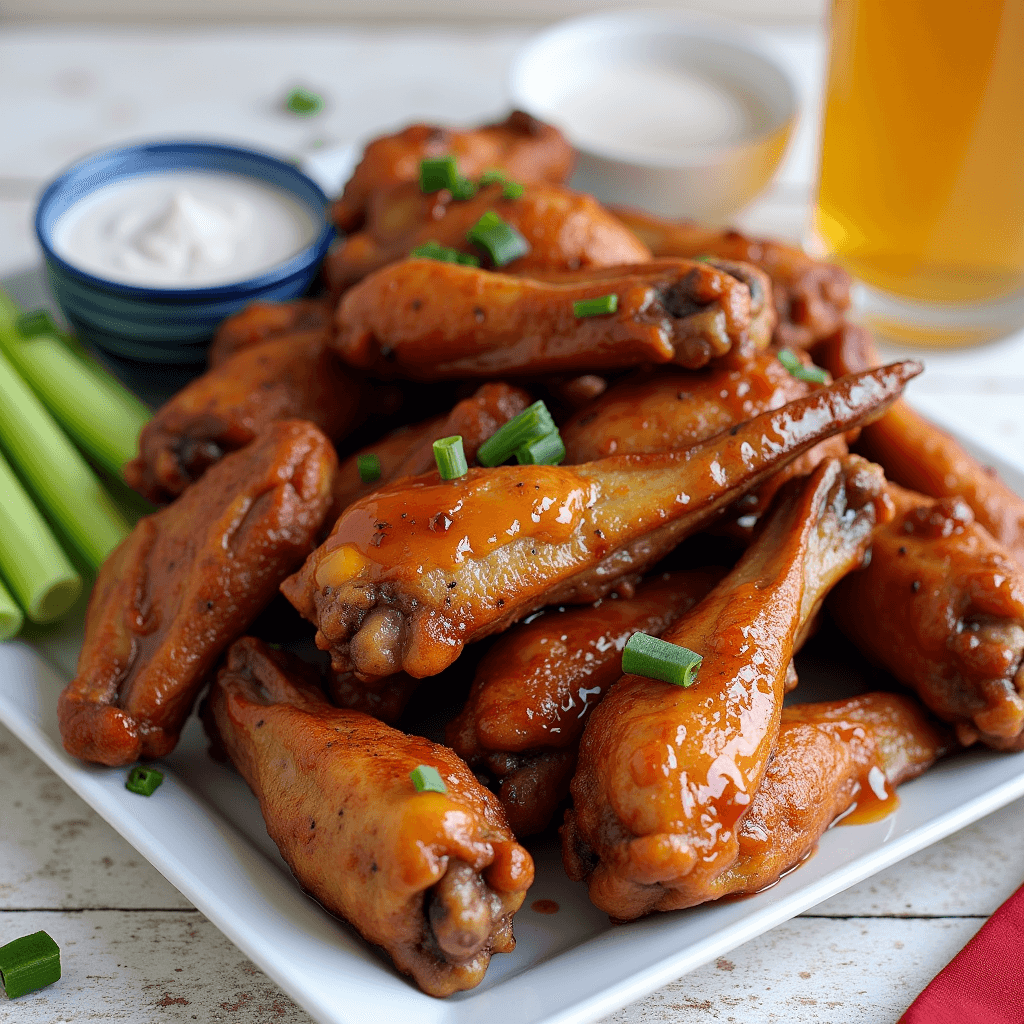
Conclusion
These sweet and tangy baked chicken wings demonstrate that exceptional flavor and texture are achievable through precise technique and quality ingredient selection, eliminating the need for complicated equipment or extensive culinary experience. The combination of proper preparation methods, optimal cooking temperatures, and carefully balanced glaze components creates wings that satisfy both casual family dinners and sophisticated entertaining requirements.
The recipe’s inherent flexibility accommodates various dietary preferences and health objectives while maintaining the fundamental appeal that makes chicken wings a universally beloved food choice.
We encourage you to try this recipe and share your experience in our review section below. Your feedback helps our community of home cooks refine techniques and discover new variations. For regular updates on similar recipes and cooking tips, subscribe to our blog newsletter and join our growing community of passionate food enthusiasts who believe that exceptional meals begin with thoughtful preparation and quality ingredients.
FAQs
Can I prepare these wings without a wire rack? While a wire rack provides optimal results by promoting air circulation, you can achieve satisfactory results by placing wings directly on a parchment-lined baking sheet. Turn wings every 15 minutes during cooking to ensure even browning and prevent sticking. The texture may be slightly less crispy, but the flavor will remain excellent.
How can I make these wings spicier without overwhelming the sweet and tangy balance? Gradually increase the sriracha sauce in the glaze, starting with an additional teaspoon and adjusting to taste preference. Alternatively, add cayenne pepper to the dry rub mixture or incorporate hot sauce varieties that complement the honey base, such as chipotle or habanero-based sauces.
What should I do if my glaze is too thick or too thin? If the glaze becomes too thick, gradually whisk in warm water or additional apple cider vinegar, one tablespoon at a time, until reaching desired consistency. For thin glaze, create an additional cornstarch slurry using equal parts cornstarch and cold water, then simmer while stirring until properly thickened.
Can I use frozen wings for this recipe? Frozen wings require complete thawing before preparation to ensure even cooking and proper seasoning adherence. Thaw wings in the refrigerator overnight, then pat completely dry before proceeding with the recipe. Never attempt to cook wings directly from frozen, as this results in uneven cooking and potential food safety concerns.
How do I know when the wings are properly cooked? Wings are safely cooked when they reach an internal temperature of 165°F (74°C) measured with a digital thermometer inserted into the thickest part of the meat. Visual indicators include golden-brown color, crispy skin texture, and clear juices running from the meat when pierced. Cooking times may vary slightly based on wing size and oven characteristics.
Looking for a hearty meal? Try our delicious (beef) recipes, packed with bold flavors and tender cuts of meat.

